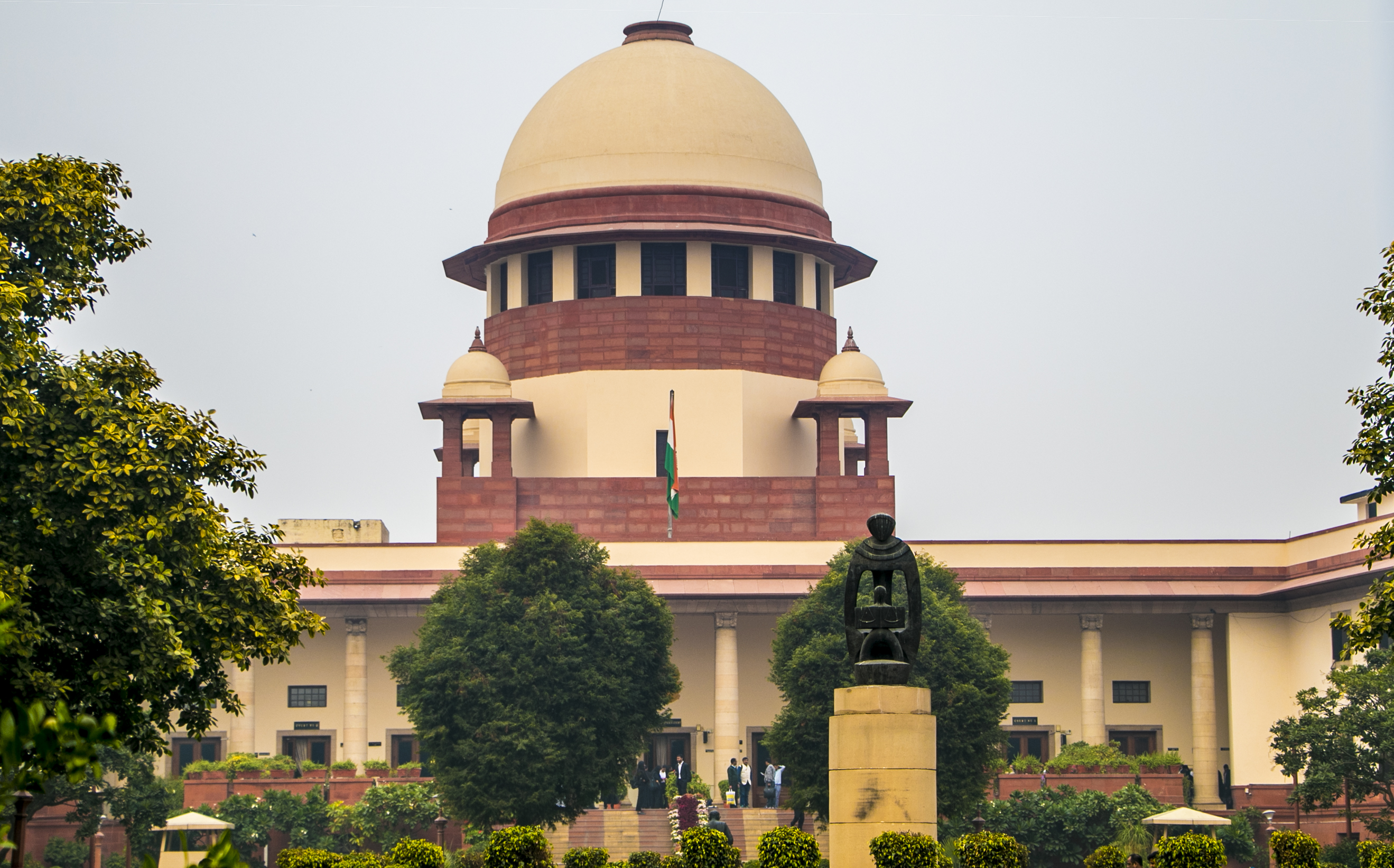In C.A. No. 7402 of 2022-SC- In view of alternative statutory remedy available by way of appeal before DRAT, High Court ought not to have entertained writ petition under Article 226/227 of Constitution challenging DRT’s order: SC
Justices M.R. Shah & M.M. Sundresh [05-01-2023]

Read Judgment: K. SREEDHAR v M/S RAUS CONSTRUCTIONS PVT. LTD. & ORS.
Mansimran Kaur
New Delhi, January 6, 2023: The Supreme Court has observed that by entertaining the writ petition straightway under Article 226/227 of the Constitution of India challenging the order passed by the DRT-I, the High Court allowed the borrower to circumvent the provision of appeal before the DRAT under the provisions of the SARFAESI Act.
The Division Bench of Justice M.R. Shah and Justice M.M. Sundresh said, “When it was the case on behalf of the borrowers that in view of Section 31(i) of the SARFAESI Act, the properties were agricultural lands, the same were being exempted from the provisions of the SARFAESI Act, the burden was upon the borrower to prove that the secured properties were agricultural lands and actually being used as agricultural lands and/or agricultural activities were going on.”
Facts leading to the present appeal were that the first respondent – M/s. Raus Constructions Private Ltd. availed financial assistance, credit facilities in the year 2012 from the Indian Bank i.e. the secured creditor. Due to defaults on the part of the borrowers in servicing the loan account, the same was classified as NPA.
The secured creditor initiated the proceedings under the Securitisation and Reconstruction of Financial Assets and Enforcement of Security Interest Act, 2002 and issued the demand Notice to the borrowers including the mortgagors and the guarantors, calling upon them to pay the outstanding amount. As the amount of the Demand Notice was not paid, the secured creditor issued Notice to the borrowers / mortgagors / guarantors.
The secured creditor issued a consolidated Possession Notice detailing the possession of 12 items of properties and the dates on which the possession of the same was taken. The Possession Notice was published in newspapers. Thereafter, the secured properties including the eighth property Item (property in question) was put to auction.
The borrowers filed the writ petition before the High Court being aggrieved by the e-auction and sought stay of all further proceedings initiated by the secured creditor under the provisions of the SARFAESI Act .
The writ petition came to be dismissed by the High Court in view of the pendency of application before the DRT-I, Hyderabad. A fresh e-auction Notice was issued. The property Item was purchased by the auction purchaser (appellant herein) in Civil Appeal arising out of Special Leave Petition.
The DRT dismissed the application filed by the borrowers and confirmed the sale certificate issued in favour of the auction purchaser. Aggrieved by the same, the borrowers preferred the writ petition which was allowed and the DRT’s order was quashed. Feeling aggrieved with the High Court’s decision of quashing and setting aside the sale with respect to property Item, auction purchaser as well as secured creditor preferred the present appeals.
After considering the submissions from both the sides, the Court at the outset noted that what was challenged before the High Court by the borrower in a writ petition under Article 226 of the Constitution of India was the judgment and order passed by the DRT-I.
Against the judgment and order passed by the DRT-I dismissing the application, the borrower had a statutory remedy available by way of appeal before the DRAT. If the borrower would have preferred an appeal before the DRAT, he would have been required to deposit 25% of the debt due.
As per the Bench, to circumvent the provision of appeal before the DRAT and the pre-deposit, the borrower straightway preferred the writ petition before the High Court under Article 226/227 of the Constitution. “Therefore, in view of alternative statutory remedy available by way of appeal before the DRAT, the High Court ought not to have entertained the writ petition under Article 226/227 of the Constitution of India challenging the judgment and order passed by the DRTI”, the Court said.
By entertaining the writ petition straightway under Article 226/227 of the Constitution of India challenging the order passed by the DRT-I, the High Court had allowed / permitted the borrower to circumvent the provision of appeal before the DRAT under the provisions of the SARFAESI Act. Even on merits also, the impugned judgment passed by the High Court was unsustainable, the Court further noted.
It was further noted that the Possession Notices were published in two leading newspapers having sufficient circulation in the locality. Even the Possession Notices were also served upon the borrowers also. Therefore, the High Court had materially erred in holding that there was a breach of Rules 8(1) & (2) of the Security Interest Enforcement Rules, 2002.
In furtherance of the same, it was further observed that the High Court shifted the burden upon the secured creditor to prove that the properties are non-agricultural lands, hence, the High Court materially erred in shifting the burden upon the secured creditor to prove that the properties are non-agricultural lands or have been put to non-agricultural use , the Court observed while allowing the appeals.
Sign up for our weekly newsletter to stay up to date on our product, events featured blog, special offer and all of the exciting things that take place here at Legitquest.




Add a Comment